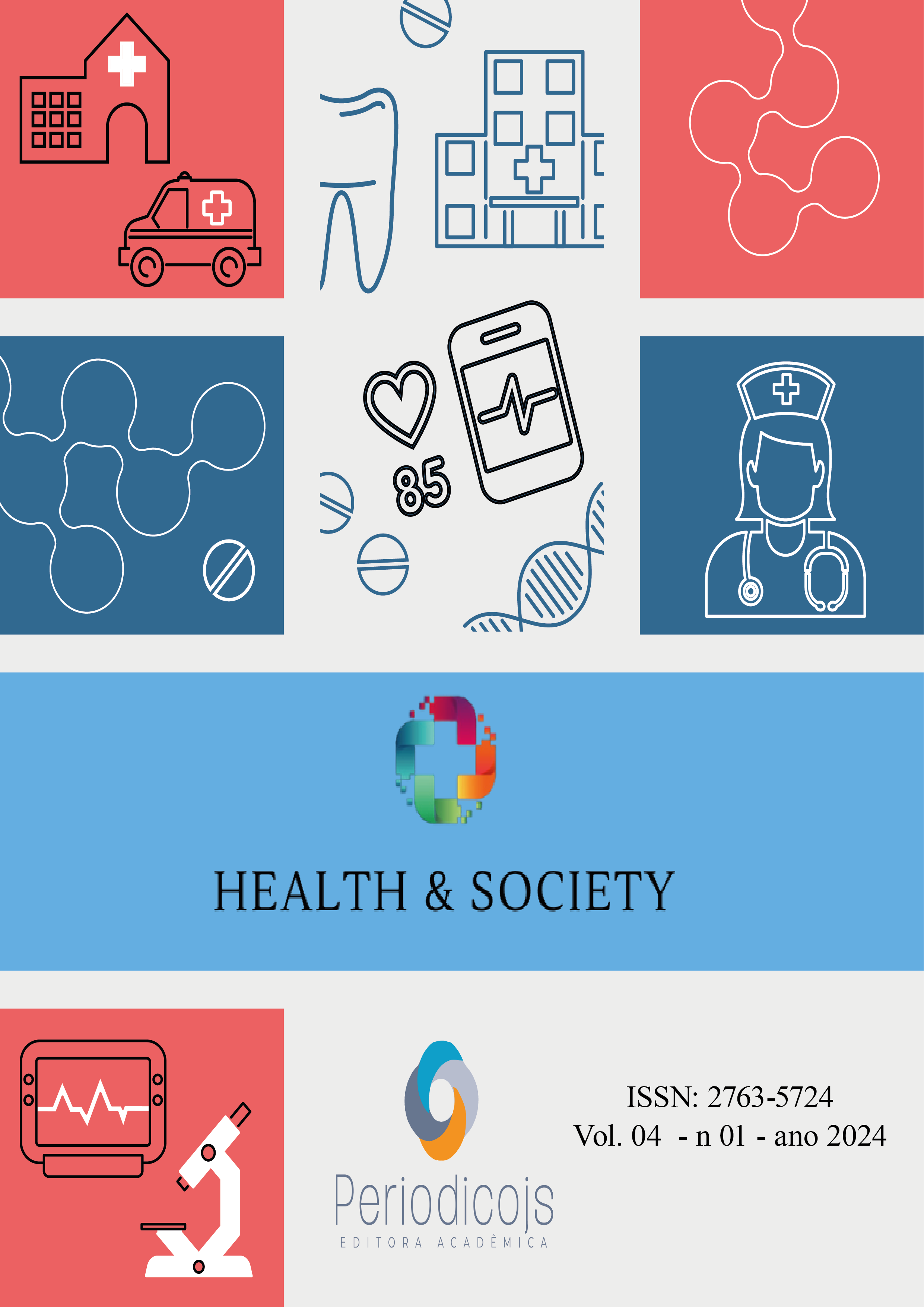Abstract
Introduction: Handball is a team sport with intermittent characteristics, alternating high intensity stimuli with periods of low intensity. Handball is characterized by an aerobic predominance, but it is anaerobic stimuli that determine the actions of the game. As several anaerobic actions are performed during the game, understanding the resistance of this metabolism in athletes becomes important. Objective: To compare the variables of anaerobic resistance in young players from different handball positions. Materials and methods: twenty female players with an average age of 16.8± 0.8 years participated in this study. The Running Anaerobic Sprint Test (RAST) was performed, which consisted of 6 sprints of 35 meters of running. Maximum, average and minimum power (absolute and relative) and fatigue index were calculated. Statistics with mean, standard deviation were used. To compare the different groups, ANOVA was used. Results: It was possible to observe values without significant statistical differences between the athletes in absolute power. In relative powers, it was possible to verify that point guards and wingers had higher values than goalkeepers and pivots (p<0.05). In relation to the fatigue index, wingers and point guards had lower values than goalkeepers and pivots (p<0.05). Conclusion: both in terms of power and fatigue index, point guards and wingers have better anaerobic conditioning than strikers and pivots. And pivots have better anaerobic capacity than goalkeepers. Further research on this topic is suggested to further consolidate the subject.
References
Bortolotti, H. Avaliação da capacidade de realizar sprints repetidos no futebol. Motriz. Revista de Educação Física. UNESP. Vol. 16. Núm. 4. p. 1006-1012. 2010.
Cardinale M, Whiteley R, Hosny AA, P. N. Activity Profiles and Positional Differences of Handball Players During the World Championships in Qatar 2015. Int J Sports Physiol Perform. Vol. 12. Núm. 7. p. 908–915. 2017.
Chaouachi, A. et al. Anthropometric, physiological and performance characteristics of elite team-handball players. Journal of Sports Sciences. Vol. 27. Núm. 2. p. 151–157. 2009.
Charron, J. et al. Physiological Responses to Repeated Running Sprint Ability Tests: A Systematic Review. International journal of exercise science. Vol. 13. Núm. 4. p. 1190–1205. 2020.
Degens, H. et al. Physiological comparison between non-athletes, endurance, power and team athletes. European Journal of Applied Physiology. Vol. 119. Núm. 6. p. 1377-1386. 2019.
FIGUEIREDO, G. S. et al. Relação Entre Capacidade Anaeróbia, Agilidade, Impulsão Horizontal E Conhecimento Tático Processual Em Jogadoras De Futsal De Nível Universitário. Revista Brasileira do Esporte Coletivo. Vol.1. Núm. 1. p. 8–14. 2017.
Girard, O.; Mendez-Villanueva, A.; Bishop, D. Repeated-Sprint Ability – Part I. Sports Medicine. Vol. 4. Núm. 8. p. 673–694. 2011.
Graja, A. et al. Effect of Ramadan intermittent fasting on cognitive, physical and biochemical responses to strenuous short-term exercises in elite young female handball players. Physiology and Behavior. Vol. 229. p. 113241. 2021.
Lijewski, M. et al. Anthropometric and strength profiles of professional handball players in relation to their playing position – multivariate analysis. Acta of Bioengineering and Biomechanics. Vol. 21. Núm. 4. 2020.
Mcardle, W. D.; Katch, F. I.; Katch, V. L. Fisiologia do exercício: energia, nutrição e desempenho físico. 8a. ed. Rio de Janeiro: 2016
Neves, T. De A.; Winkcler, C.; F, R. L. Effects of Plyometric Training Combined with Repeated Sprints on Physical Performance in Female Handball Athletes. Lecturas: Educación Física y Deportes. Vol. 26, Núm. 286. p. 139–154. 2022.
Nikolaidis, P. T. et al. Physical and physiological characteristics in male team handball players by playing position - Does age matter? Journal of Sports Medicine and Physical Fitness. Vol. 55. Núm. 4. p. 297–304. 2015.
Oliver, J. L.; Williams, C. A.; Armstrong, N. Reliability of a field and laboratory test of repeated sprint ability. Pediatric Exercise Science. Vol. 18 Núm. 3. p. 339–350. 2006.
Paul, D. J.; Gabbett, T. J.; Nassis, G. P. Agility in Team Sports: Testing, Training and Factors Affecting Performance. Sports Medicine. Vol. 46. Núm. 3. p. 421–442. 2016.
Santos, W. R. et al. Índice de fadiga e potência anaeróbia obtida em diferentes tipos de solo. Rev Bras Cineantropom Hum, Vol. 22. 2020.
Sporiš, G. et al. Anaerobic endurance capacity in elite soccer, handball and basketball players. Kinesiology. Vol. 46, n. p. 52–58. 2014.
Zagatto, A. M.; Beck, W. R.; Gobatto, C. A. Validity of the running anaerobic sprint test for assessing anaerobic power and predicting short-distance performances. Journal of Manipulative and Physiological Therapeutics. Vol. 23. Núm. 6. p. 1820–1827. 2009.

This work is licensed under a Creative Commons Attribution 4.0 International License.
Copyright (c) 2024 Pedro Emanoel Vidal, Samuel Moreno Alves, Lucas Rosa dos Santos, Erick de Souza Paula, Marcelle de Freitas Pimenta Alves, Magdiel Vitor Silva Martins, Pablo Rodrigo de Oliveira Silva





